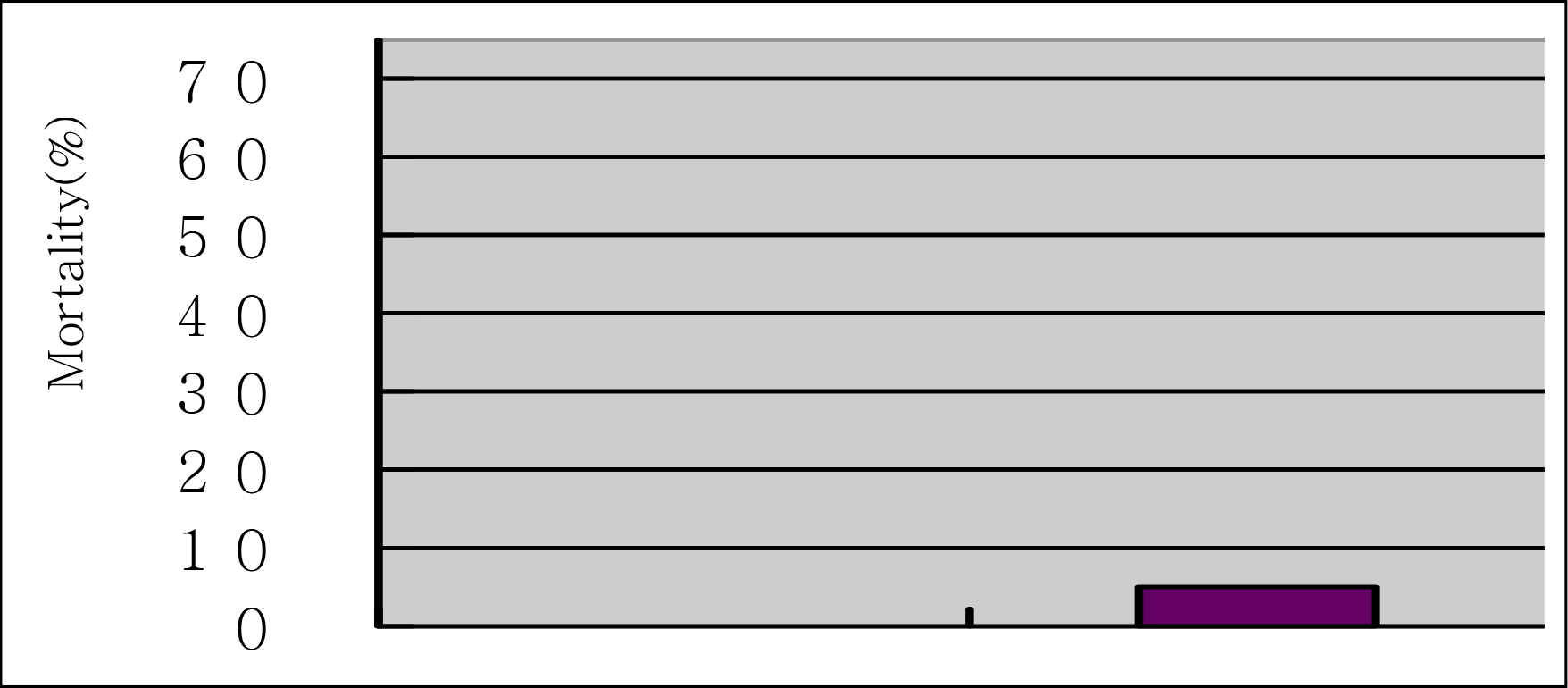1.Halm EA., Teirstein AS. Clinical practice: management of community-acquired pneumonia. N Engl J Med. 2002. 347:2039–45.
2.Pachon J., Prados MD., Capote F., Cuello JA., Garnacho J., Verano A. Severe community-acquired pneumonia: etiology, prognosis, and treatment. Am Rev Respir Dis. 1990. 142:369–73.

3.Fine MJ., Auble TE., Yealy DM., Hanusa BH., Weissfeld LA., Singer DE, et al. A prediction rule to identify low-risk patients with community-acquired pneumonia. N Engl J Med. 1997. 336:243–50.

4.Ortqvist A., Sterner G., Nilsson JA. Severe community-acquired pneumonia: factors influencing need of intensive care treatment and prognosis. Scand J Infect Dis. 1985. 17:377–86.
5.The British Thoracic Society and the Public Health Laboratory Service. Community-acquired pneumonia in adults in British hospitals in 1982-1983: a survey of aetiology, mortality, prognostic factors and outcome. Q J Med. 1987. 62:195–220.
6.Jinks MF., Kelly CA. The pattern and significance of abnormal liver function tests in community-acquired pneumonia. Eur J Intern Med. 2004. 15:436–40.

7.Sankaran RT., Mattana J., Pollack S., Bhat P., Ahuja T., Patel A, et al. Laboratory abnormalities in patients with bacterial pneumonia. Chest. 1997. 111:595–600.

8.Park HP., Seo YW., Lee JE., Kim YH., Jang YY., Park SH, et al. Factors associated with early death in patients with community-acquired pneumonia. Tuberc Respir Dis. 2005. 58:607–13.

9.Oh HK., Seo JY., Kim DK., Choi JE., Mo EK., Park MJ, et al. Clinical characteristics and prognostic factors of severe community-acquired pneumonia. Tuberc Respir Dis. 1997. 44:1072–82.

10.Choi WI., Sohn JH., Kwun OY., Heo JS., Whang JS., Han SB, et al. Clinical manifestation of patients dying of severe community acquired pneumonia. Tuberc Respir Dis. 1994. 41:537–45.
11.Loh LC., Khoo SK., Quah SY., Visvalingam V., Radhakrishnan A., Vijayasingham P, et al. Adult community-acquired pneumonia in Malaysia: prediction of mortality from severity assessment on admission. Respirology. 2004. 9:379–86.

12.Watari M., Ohe M., Kunimoto E., Tsukamoto R., Komagata H. Mortality and prognostic factors in patients with community-acquired pneumonia: an analysis of 231 cases. Nihon Kokyuki Gakkai Zasshi. 2000. 38:509–17.
13.Ballmer PE. Causes and mechanisms of hypoalbu-minaemia. Clin Nutr. 2001. 20:271–3.

14.Liao WS., Jefferson LS., Taylor JM. Changes in plasma albumin concentration, synthesis rate, and mRNA level during acute inflammation. Am J Physiol. 1986. 251:C928–34.

15.Moshage HJ., Janssen JA., Franssen JH., Hafkenscheid JC., Yap SH. Study of the molecular mechanism of decreased liver synthesis of albumin in inflammation. J Clin Invest. 1987. 79:1635–41.

16.Deniz O., Tozkoparan E., Yaman H., Cakir E., Gumus S., Ozcan O, et al. Serum HDL-C levels, log (TG/HDL-C) values and serum total cholesterol/HDL-C ratios significantly correlate with radiological extent of disease in patients with community-acquired pneumonia. Clin Biochem. 2006. 39:287–92.

17.Menendez R., Ferrando D., Valles JM., Martinez E., Perpina M. Initial risk class and length of hospital stay in community-acquired pneumonia. Eur Respir J. 2001. 18:151–6.
18.Klar A., Shoseyov D., Berkun Y., Brand A., Braun J., Shazberg G, et al. Intestinal protein loss and hypoalbuminemia in children with pneumonia. J Pediatr Gastroenterol Nutr. 2003. 37:120–3.

19.Porat S., Bhatia N., Barnett DW. A child with severe pneumonia, pleural effusion and acute hypoalbuminemia. Clin Pediatr. 2002. 41:199–200.

20.Hedlund JU., Hansson LO., Ortqvist AB. Hypoalbuminemia in hospitalized patients with community-acquired pneumonia. Arch Intern Med. 1995. 155:1438–42.

21.Alderson P., Bunn F., Lefebvre C., Li WP., Li L., Roberts I, et al. Human albumin solution for resuscitation and volume expansion in critically ill patients. Cochrane Database Syst Rev. 2004. CD001208.

22.Bunn F., Lefebvre C., Li Wan Po A., Li L., Roberts I., Schierhout G. Human albumin solution for resuscitation and volume expansion in critically ill patients. The Albumin Reviewers. Cochrane Database Syst Rev. 2000. CD001208.
23.Wilkes MM., Navickis RJ. Patient survival after human albumin administration: a meta-analysis of randomized, controlled trials. Ann Intern Med. 2001. 135:149–64.
24.Cochrane Injuries Group Albumin Reviewers. Human albumin administration in critically ill patients: systematic review of randomised controlled trials. BMJ. 1998. 317:235–40.
25.Drent M., Cobben NA., Henderson RF., Wouters EF., van Dieijen-Visser M. Usefulness of lactate dehydrogenase and its isoenzymes as indicators of lung damage or inflammation. Eur Respir J. 1996. 9:1736–42.

26.Leeper KV Jr., Torres A. Community-acquired pneumonia in the intensive care unit. Clin Chest Med. 1995. 16:155–71.

27.Ortqvist A. Initial investigation and treatment of the patient with severe community-acquired pneumonia. Semin Respir Infect. 1994. 9:166–79.
28.Fine MJ., Stone RA., Singer DE., Coley CM., Marrie TJ., Lave JR, et al. Processes and outcomes of care for patients with community-acquired pneumonia: results from the Pneumonia Patient Outcomes Research Team (PORT) cohort study. Arch Intern Med. 1999. 159:970–80.





 PDF
PDF ePub
ePub Citation
Citation Print
Print


 XML Download
XML Download